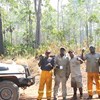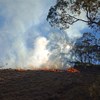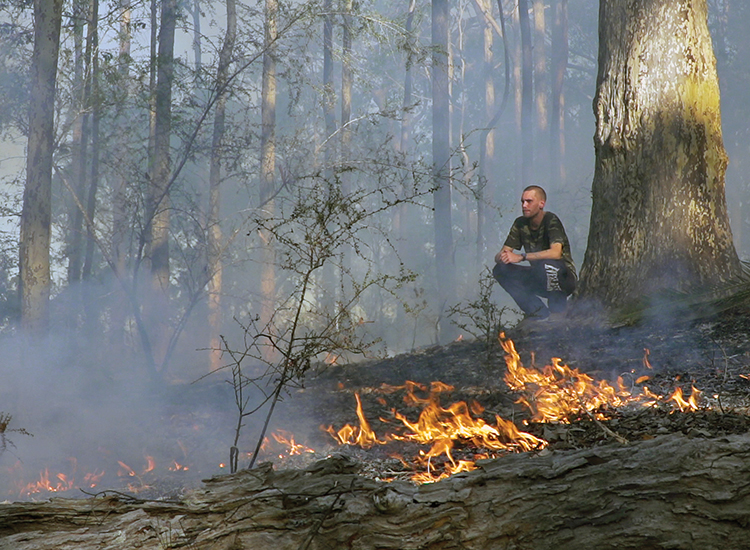
Cultural fire: Listening to and caring for Country with fire
Monday, 31 August 2020Cultural fire management is the way that Indigenous people have used fire to care for Country for thousands of years, and it continues today. The devastation wreaked by the 2019–20 bushfires across millions of hectares was a wake-up call for Australia and the world. Oliver Costello from the Firesticks Alliance explains how the fires demonstrated the need to listen to and care for Country.
For tens of thousands of years our ancestors of this land, Australia’s First Peoples, managed Country with fire effectively to reduce bushfires and improve livelihoods. European colonisation led to a rapid suppression of Indigenous people’s rights and access to land and resources. In recent decades, land rights, native title and Indigenous cultural and natural resource management have created strong and growing opportunities for collaboration and changes in how science and land management interact with Indigenous communities.
Cultural values and identity
One of the most significant cultural land management movements is Indigenous cultural fire management, knowledge and practice. Cultural fire management listens to country and draws on Indigenous Traditional Ecological Knowledge and the fundamental cultural responsibilities of Indigenous communities. Cultural fire management is based on people’s cultural connections and authority to care for Country. Fire is important in managing the kinship between people, species and places. Fire management practices respond to cultural values and indicators of the Country types (cultural ecosystems).
Cultural values and indicators reflect the cultural and natural features of a community’s relationships to a particular Country. These indicators are specific to landscapes, ecosystems, places, species, vegetation, soils, climate and weather conditions. They relate to people’s identity, knowledge, practices, heritage, resources, society, environment, economy and spiritual beliefs.
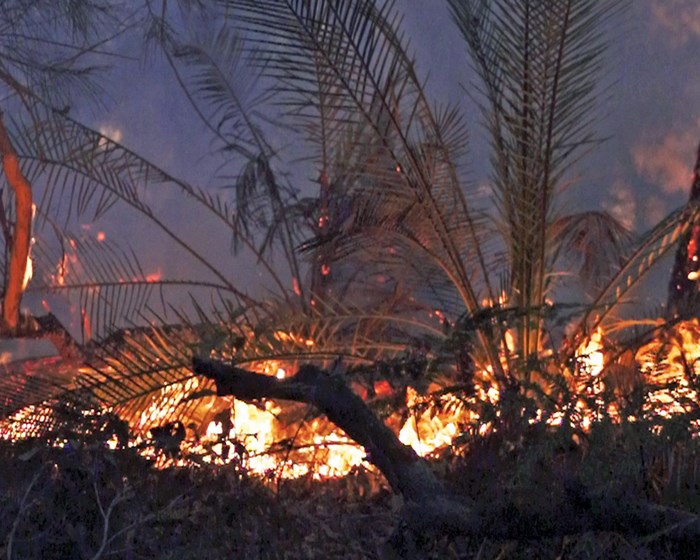
Bundanon night fire, National Firesticks Workshop, 2018. Image: Vera Hong
Burning for resilience
Cultural fire management will protect, maintain, heal and enhance ecosystems and cultural values, as it has done for thousands of years, while also reducing fuel loads that help to lessen negative impacts of bushfire in multiple ways. Cultural burning often involves more patchy, frequent and low-intensity fire regimes, which reduce inappropriate outcomes of fire for species and habitats. Cultural burning may not reduce as much fuel during each fire event compared to some hazard reduction or back-burning; however, over time, the cumulative effect of cultural burning can lead to longer-term fuel reduction and more resilient ecosystems and communities.
High-intensity fires have significant immediate and long-lasting impacts on the presence, distribution and abundance of species. Inappropriate fire regimes can often promote dysfunctional ecosystems, contributing to their longer-term decline and, often, an accumulation of fuel. This vegetation regrowth can lead to more frequent and intense fires, due to its type and structure.
There are also some landscapes that are suffering from a lack of fire. Fire is important to stimulate the germination of many plant species and without it some plant populations can age and die without the recruitment of new plants.
Sharing cultural fire knowledge
Cultural burning can better maintain healthy species dynamics, and reduce opportunities for invasive species to dominate. Cultural fire for ecosystems is a dynamic practice that can be continued or re-established to achieve many benefits. These have been well demonstrated through Indigenous-led programs such as the Firesticks Alliance.
The Firesticks Alliance provides leadership, advocacy and action to protect and enhance cultural and natural values of people and Country through cultural fire and land management practices. Firesticks values and respects Country, local knowledge and the protocols of Elders and ancestors. We are committed to providing a supportive Indigenous-led community of practice to maintain and share cultural fire knowledge and practice on Country.
Further information
Oliver Costello - workshops@firesticks.org.au
Top image: Jacob Morris, an emerging cultural fire practitioner from the Gumea-Dharrawal clan of the Yuin Nation. Jacob was a workshop facilitator at the Bundanon National Indigenous Fire Workshop in 2018. Image: Vera Hong
-
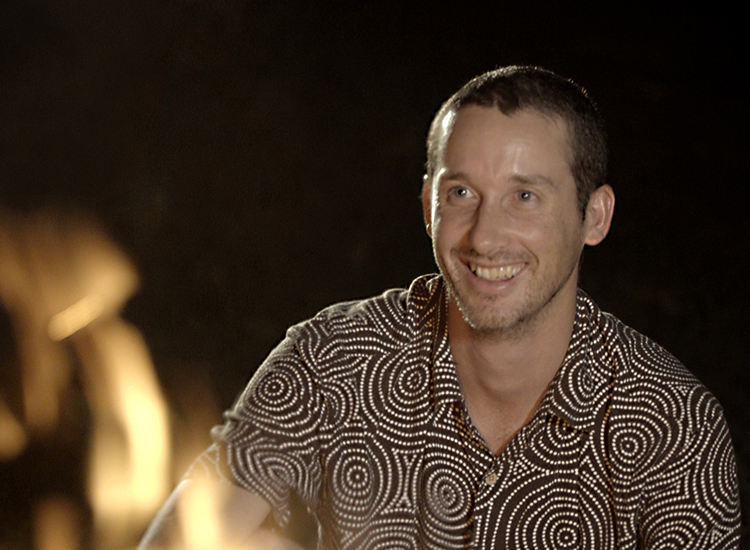
Indigenous advisor profile: Oliver Costello - Healing Country with cultural fire
Wednesday, 02 September 2020 -
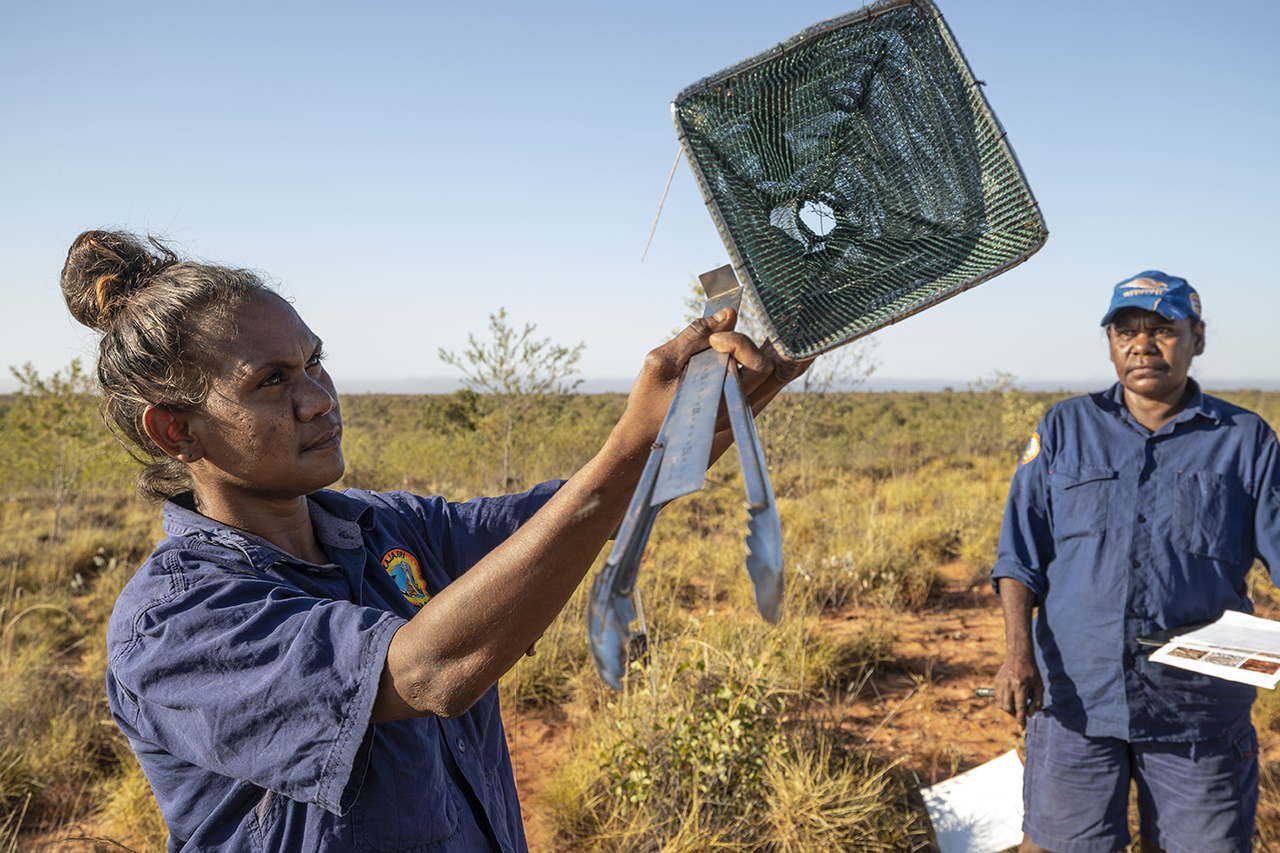
Indigenous Engagement Protocols: Forging respectful, meaningful partnerships for research impact
Wednesday, 21 October 2020 -
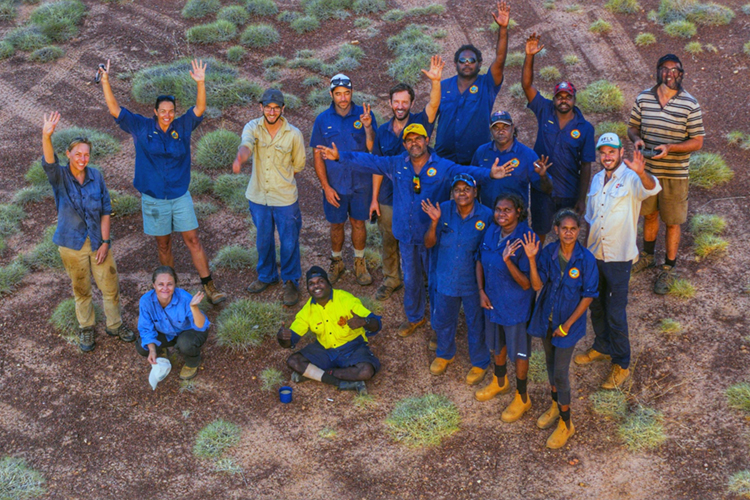
Appeasing Bluetongue Managing fire in the Great Sandy Desert
Tuesday, 13 August 2019 -
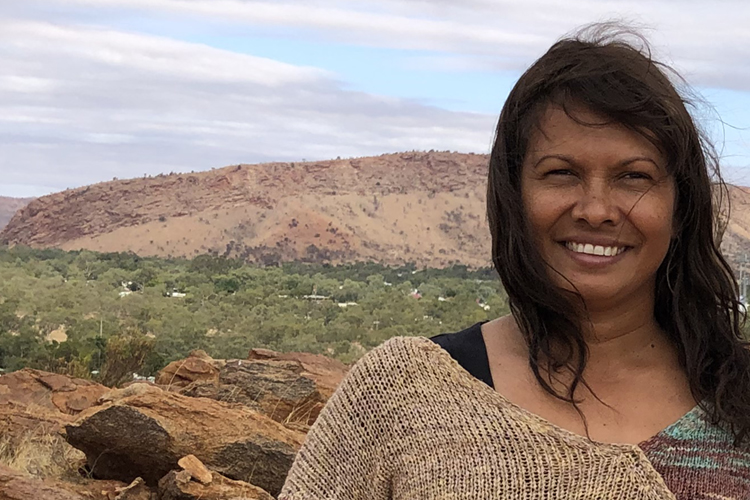
Changing the way research is driven
Tuesday, 13 August 2019 -
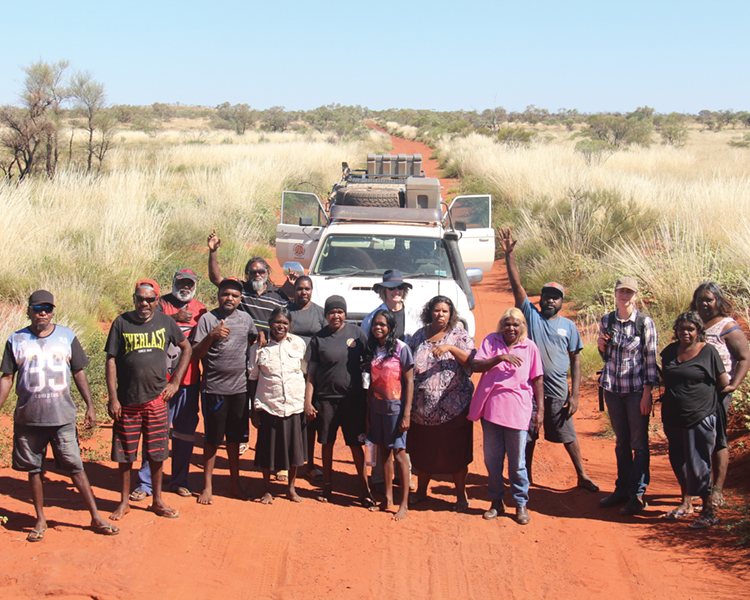
Indigenous engagement vital to saving species
Tuesday, 29 May 2018 -
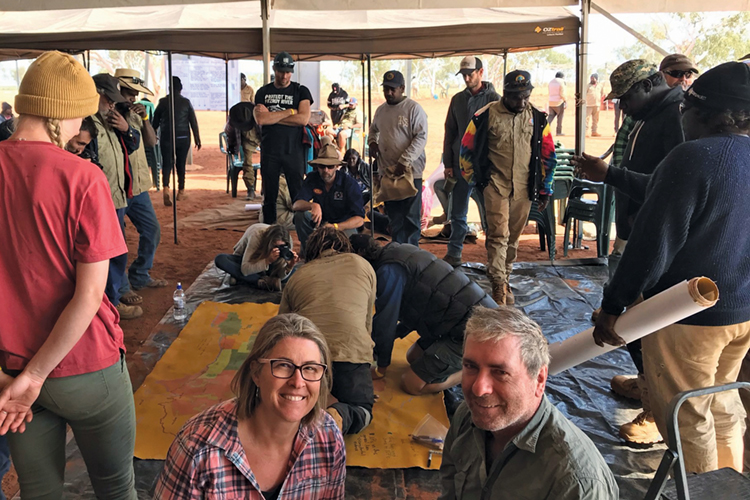
Indigenous people critical for threatened species
Tuesday, 13 August 2019 -
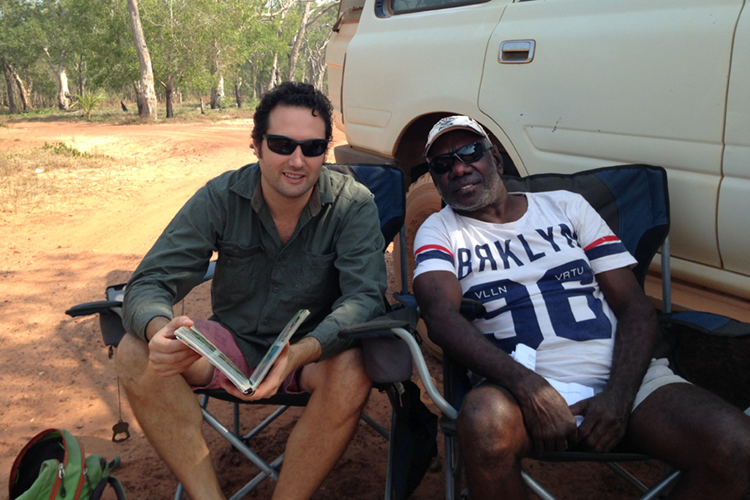
Looking after culturally significant and threatened species on the Tiwi Islands
Tuesday, 20 August 2019 -
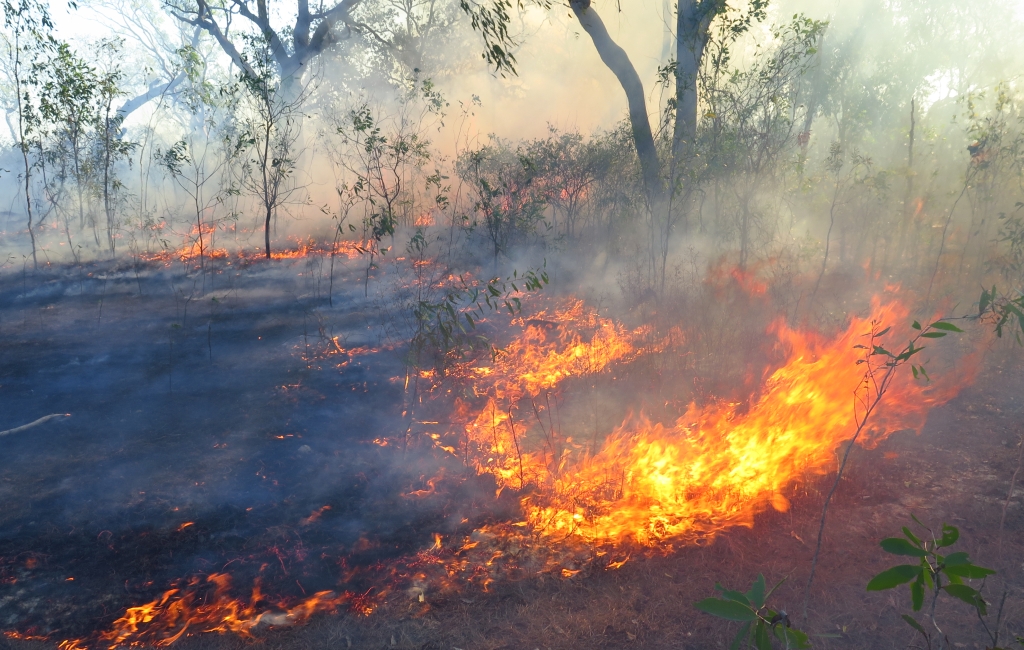
Partnerships with Indigenous communities key for threatened species
Wednesday, 30 March 2016 -
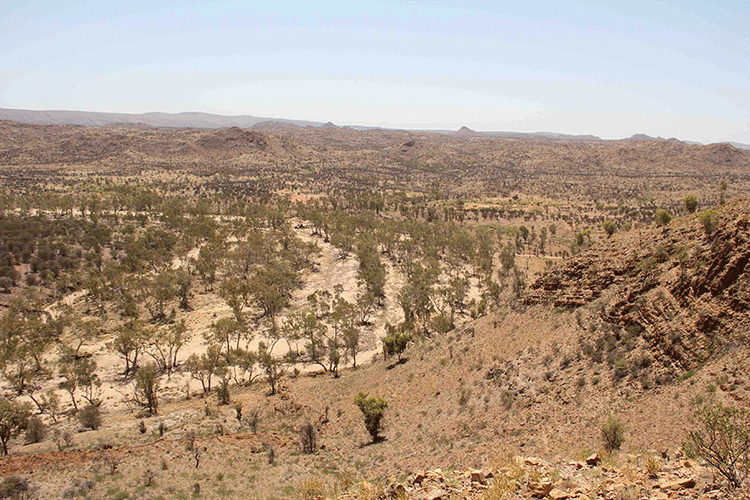
What's the overlap
Wednesday, 07 June 2017 -
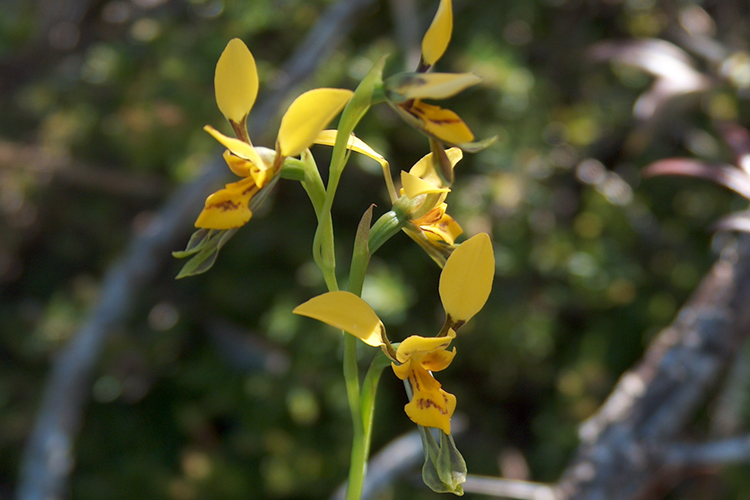
Working together to care for the Byron Bay orchid
Tuesday, 20 August 2019 -
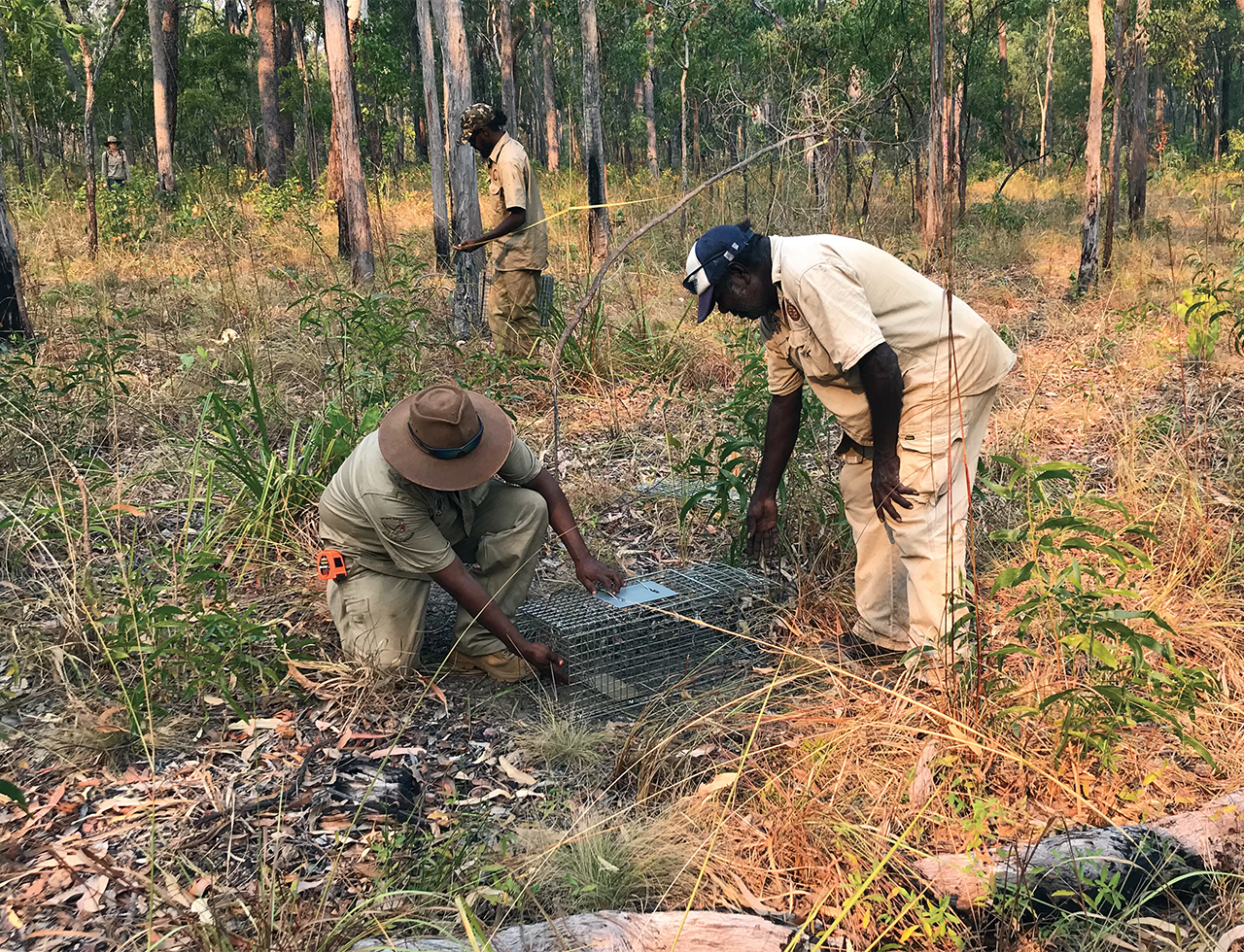
Building collaboration and two-way science
Sunday, 12 December 2021
